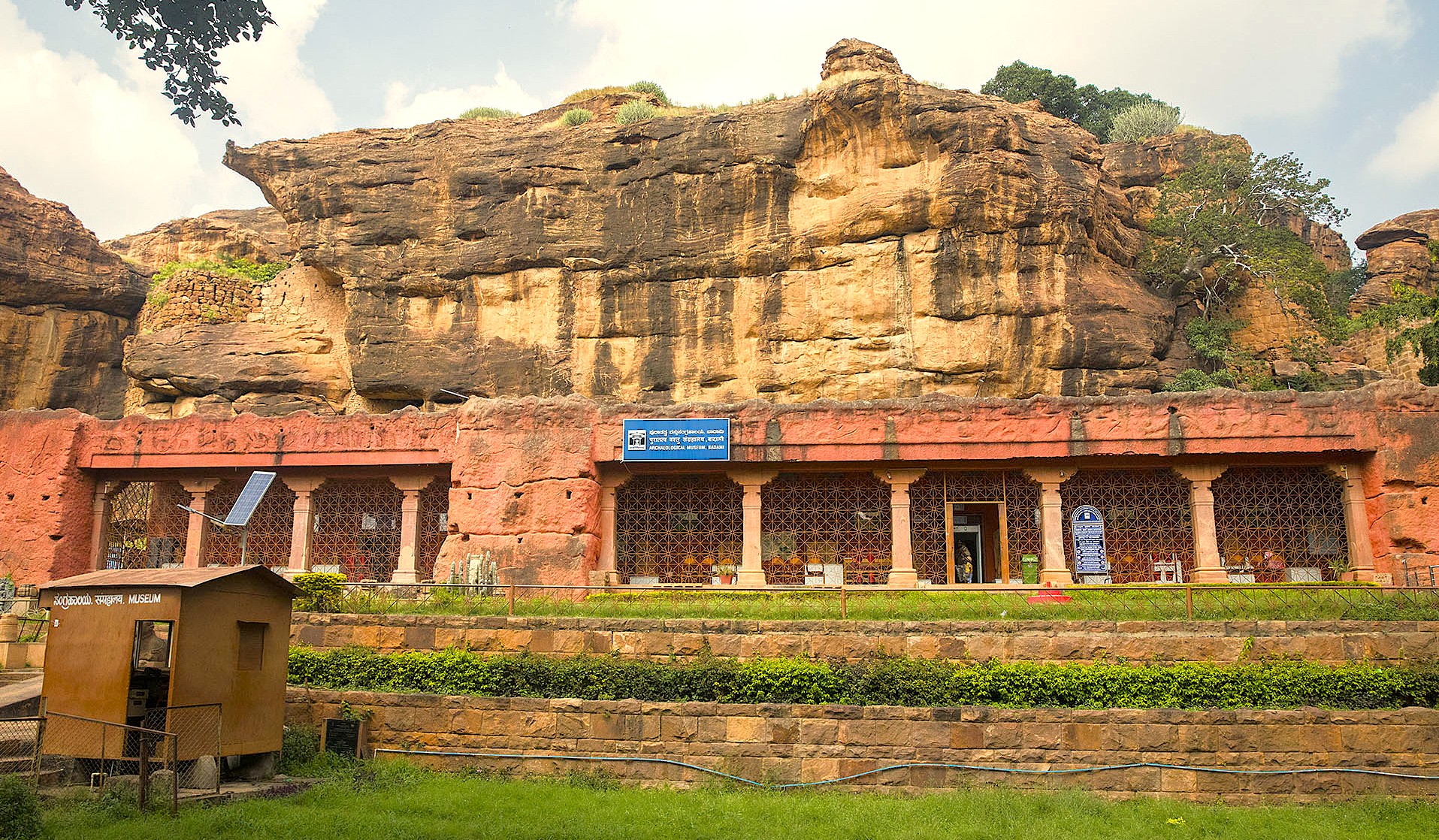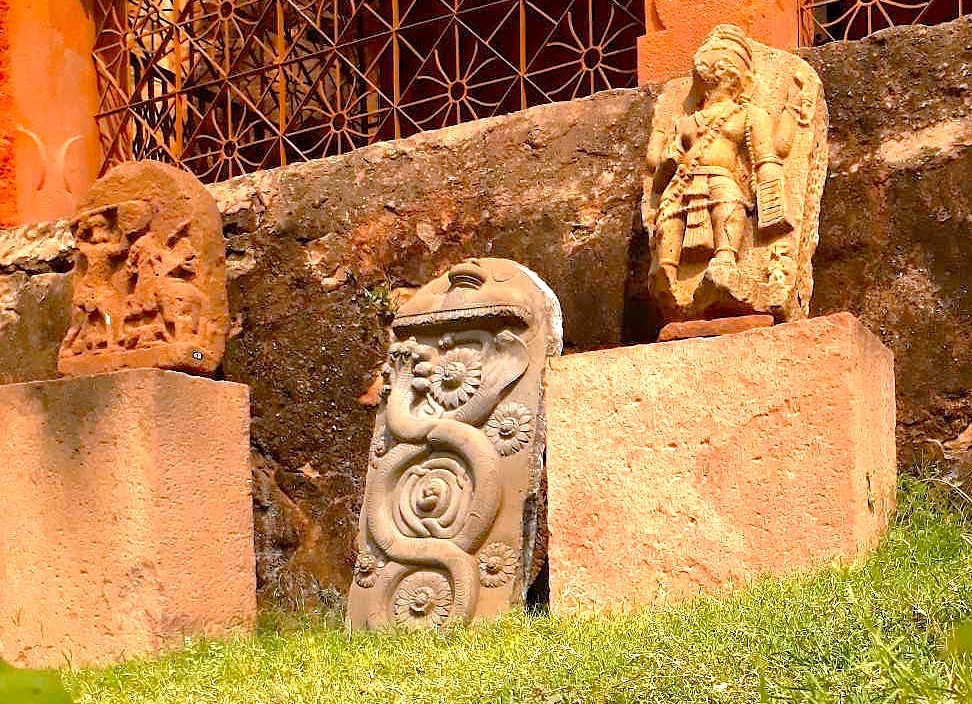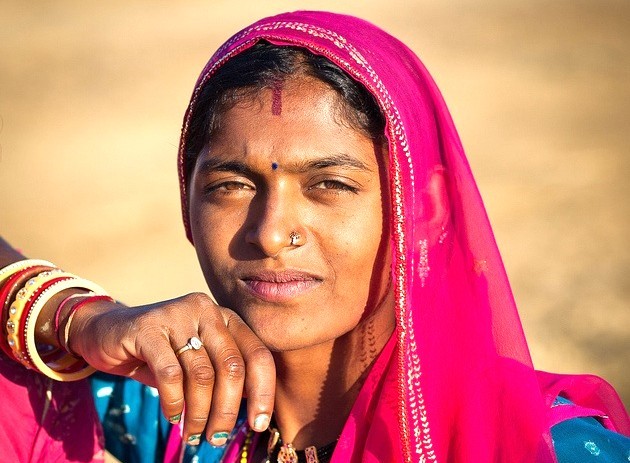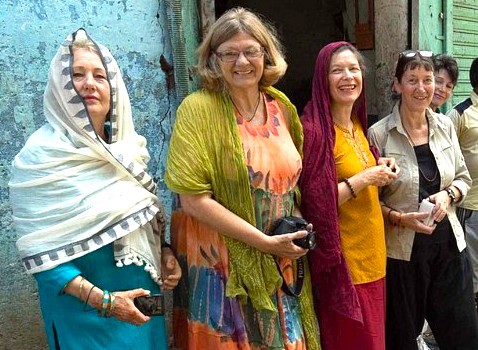Echoes of Ancient Lands
Badami Archaeological Museum India
Mother Masala Tours
Ancient Chalukya Stone Sculptures
Badami Archaeological Museum India. Located in Karnataka, serves as a key to the region’s vast historical and cultural narrative. Established in 1976, this museum is set against the stunning backdrop of the Western Ghats and houses a collection that reflects the rich heritage of the Chalukyan Dynasty, spanning from the 6th to the 12th centuries. The city's name itself, "Badami," comes from the Kannada word meaning "red," referencing the iconic red sandstone that characterizes much of the city's landscape. Initially, the museum was intended to preserve the architectural and artistic treasures of the Badami Chalukyas and over the years, it'shas been expanded to include artifacts from surrounding sites like Aihole and Pattadakal, which are Unesco World Heritage Sites nearby. Notably, these sites played a pivotal role in the evolution of temple architecture in Southern India.

Badami Archaeological Museum India: Timeless Artifacts
The museum is a treasure trove of timeless artifacts that reflect the distinct history of Badami and its surroundings. Within its well-curated halls, you will find intricately carved sculptures, ancient pottery, and inscriptions that vividly narrate stories from the past. Among the standout pieces are the Hero stones, which commemorate local warriors and their valor in battle. These stones date back centuries, offering insights into the genealogies and heroic exploits celebrated by the communities. The museum is recognized as a Unesco heritage site, reflecting its importance in the preservation of the region's cultural history. You can observe artifacts such as bronze sculptures of deities, representing a variety of Hindu traditions, and early examples of the Kannada script, which shed light on the development of language in the area.
Ancient Mosaics: Impeccable Craftsmanship

The craftsmanship displayed throughout the museum speaks volumes about the skills of ancient artisans. Many of the artifacts date from the Chalukyan period, a time when artisans were celebrated for their capacity to transform stone into exquisite sculptures. We discover numerous stone carvings that illustrate scenes from Hindu epics, stories of gods and creatures. The craftsmanship include typescript statues of deities, with details so refined that they almost come alive. Using black basalt and red sandstone exemplifies the unique materials sourced locally, reflecting the artisans' deep understanding of their medium.
The Pulse of the Local Community
Badami Archaeological Museum India. The local community surrounding the museum is characterized by warmth and hospitality. Residents express pride in their rich cultural heritage and actively engage in events that celebrate their history. This spirit of community extends to the museum, where locals frequently participate in educational initiatives and heritage walks.
Capturing the Magic: A Photographic Haven

This space offers unique chances for photography, mixing old artifacts with grand interior designs. We find intricate sculptures and beautiful displays that create wonderful scenes. We can capture many angles, highlighting the ancient pieces and their arrangements. Natural light filters through, revealing textures and shapes on carved stone. Each corner presents a new photographic composition for us. The detailed work on the artifacts makes for interesting close-up shots. We observe the flow of the architecture and the placement of each object. The environment provides a quiet backdrop for our camera.
Serendipitous Meetings: Beyond the Main Path
Strolling through the town near the Badami Archaeological Museum, reveals unique experiences waiting to be discovered. Small shops and workshops may catch our eye, where artisans craft traditional goods ranging from textiles to pottery. Engaging with these creatives allows us to share in their passion and craft while observing skilled hands at work. Local markets often bloom with activity, where clusters of stalls offer handmade items, spices, and local foods.
Resilience and Renewal: Overcoming Adversity’s Challenges
Badami Archaeological Museum India. Throughout its history, the region around the museum has faced various challenges. One significant event was the Battle of Talikota in 1565, which marked a turning point for the Vijayanagara Dynasty. Following the battle, the area experienced declines in political influence and economic stability. However, despite these adversities, the local population exhibited resilience. Many sought to preserve their heritage and cultural identity by revitalizing temples and festivals, leading to community renewal. Over the years, efforts to restore and maintain monuments indicate a commitment to honoring the past while fostering growth for future generations.
Urban Legends: Strange Sightings, Myths and Mysteries

The area surrounding the this Museum in Karnataka, is rich with mystical tales that add a fascinating layer to its historical narrative. One popular local legend involves the haunted remnants of an ancient temple, said to be visited by the ethereal spirits of priests who once served there. Locals living near the Badami complex report hearing mysterious, unexplainable sounds during the dead of night, such as faint chanting or the echo of temple bells, sparking compelling stories about the temple's sacred past and the undying dedication of its spectral inhabitants.
Pack Your Spirit of Adventure: Your Bold Story Continues
Walk with us beside Augusta Lake as evening arrives, sandstone cliffs in the distance. The water is calm and the sky slowly fills with stars and the Milky Way. A vortex and a vimana can be seen above, adding something unusual to the scene. People gather in small groups, taking photographs and enjoying snacks from nearby stalls. The mood is relaxed, no rush, just time spent looking around. We talk with some of the locals and ask about the best food to try. Walking along the path, we notice small details, take a few photos, and quietly keep moving, seeing what’s next as we go.
Symphony of Generosity: Offerings from Wanderers to Residents

Badami Archaeological Museum India. The interplay between those eager to learn about the region and the local community enriches experiences for everyone involved. Each transaction at local shops or interactions during festivities strengthens the bond between the residents and those who venture here. As we engage with the local culture, we contribute to sustaining traditions and crafts that play a crucial role in the community's identity. This reciprocity enhances our understanding of the cultural landscape while supporting the livelihoods of those who call this area home. Ultimately, this connection fosters a sense of belonging, creating a lasting impact on both wanderers and residents alike.